On March 22, 2228, a boy will be born to George and Winona Kirk. He would go on to become the youngest captain in Starfleet history but, before he could boldly go where no man has gone before, he had to have a name.

The real-world former World War 2 fighter pilot and veteran of 89 combat missions Gene Roddenberry had 16 suggestions for a name, among these “Hannibal”, “Timber”, “Flagg”, and “Raintree”. The television screenwriter and producer decided on James T. Kirk, based on a journal entry from the 18th century British explorer, Captain James Cook, who wrote “ambition leads me … farther than any other man has been before me“.

Kirk was killed in 2329 on the Enterprise (B), after the ship was eaten by a Nexus energy ribbon on its maiden voyage. Only he didn’t die, because Jean-Luc Picard found him alive in the timeless Nexus, negotiating hotel deals for Priceline.com. Or something like that.
In his 1968 book “Making of Star Trek“, Roddenberry writes that James Kirk was born in a small town in Iowa. Full time “Trekkie” and part time Riverside, Iowa Councilman Steve Miller thought “Why not Riverside”. In 1985, Miller moved that Riverside declare itself the Future Birthplace of James T. Kirk. The motion passed, unanimously. Miller poked a stick in the ground behind the barber shop, (good thing he owned the property), declaring that this was the place. An engraved monument was erected, and so it was.

Riverside Iowa, population 963, became the “Future Birthplace of Captain James T. Kirk. A bench was later added , along with a Shuttlecraft-shaped donation box.

Riverside’s official slogan was changed from “Where the best begins” to “Where the Trek begins,” the annual “River Fest” summer festival, became “Trek Fest”.
Fun fact: Turning on the television today it’s hard to remember how ground-breaking it was that a black, female character would play such a prominent role on a prime-time series as the actress Nichelle Nichols playing Communications Officer Nyota Uhura. The real life Nichols preferred the stage to TV and submitted her resignation, to pursue a career on Broadway. Gene Roddenberry asked her to take the weekend to reconsider, which she did. That weekend, Nichols attended a banquet put on by the NAACP where she was informed, a ‘fan’ wanted to meet her. Let her tell the story from here:
I thought it was a Trekkie, and so I said, ‘Sure.’ I looked across the room and whoever the fan was had to wait because there was Dr. Martin Luther King walking towards me with this big grin on his face. He reached out to me and said, ‘Yes, Ms. Nichols, I am your greatest fan.’ He said that Star Trek was the only show that he, and his wife Coretta, would allow their three little children to stay up and watch. [She told King about her plans to leave the series because she wanted to take a role that was tied to Broadway.] I never got to tell him why, because he said, ‘you cannot, you cannot…for the first time on television, we will be seen as we should be seen every day, as intelligent, quality, beautiful, people who can sing dance, and can go to space, who are professors, lawyers. If you leave, that door can be closed because your role is not a black role, and is not a female role, he can fill it with anybody even an alien”.
The conversation with Reverend King, was life-changing. Nichols returned to the series. When it was over she volunteered with NASA, working to promote the space agency and helping to recruit female and minority recruits between 1977, and 2015. The program recruited Dr. Sally Ride and United States Air Force Colonel Guion Bluford, respectively the first female and the first American astronaut of African ancestry. The program also recruited Dr. Judith Resnik and Dr. Ronald McNair, both of whom flew successful Space Shuttle missions before their deaths in the Space Shuttle Challenger disaster of January 28, 1986.

Star Trek fans, ever-jealous protectors of series trivia, sometimes wonder why the March 22, 2228 date on the Riverside monument differs from the March 22, 2233 date usually cited as Kirk’s future birthday. The 2233 date didn’t come around until eight years after the monument, with the publication The Star Trek Chronology: The History of the Future. 2228 or 2233 you may take your pick, but both agree on March 22, which just happens to be the real-life William Shatner’s, birthday.

In case you ever wondered what the “T” stands for – its “Tiberius”.
The Space Foundation of Colorado Springs bills itself as “the world’s premier organization to inspire, educate, connect, and advocate on behalf of the global space community“.
In 2010, survey conducted by the organization found that James Tiberius Kirk tied for #6 as the “most inspirational space hero of all time“, along with Russian Cosmonaut Yuri Gagarin. You can’t make this stuff up. Tied for 6th place, with the first human in space. A guy who went there, and then came back. A guy who…you know…actually…exists.




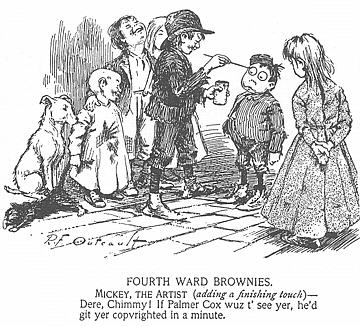

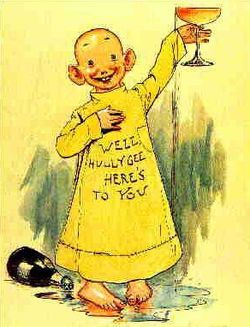


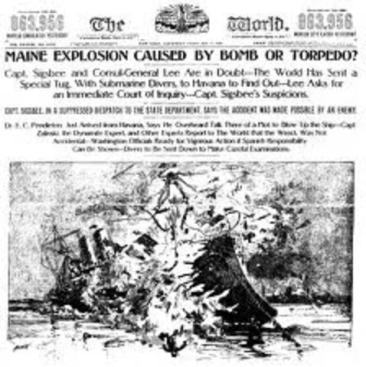

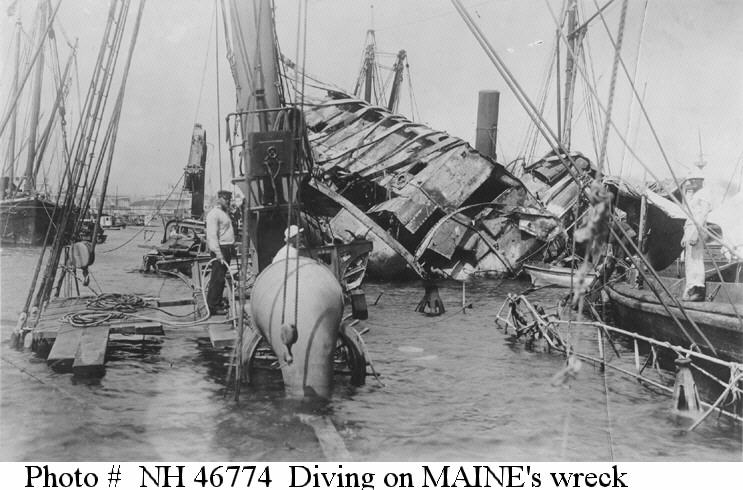














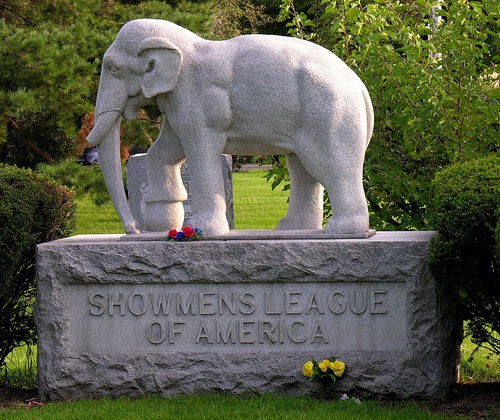






























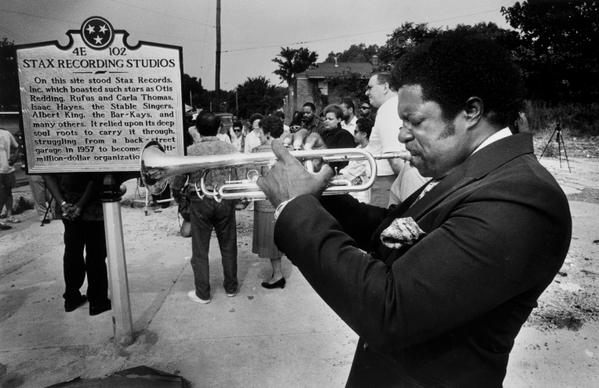




You must be logged in to post a comment.